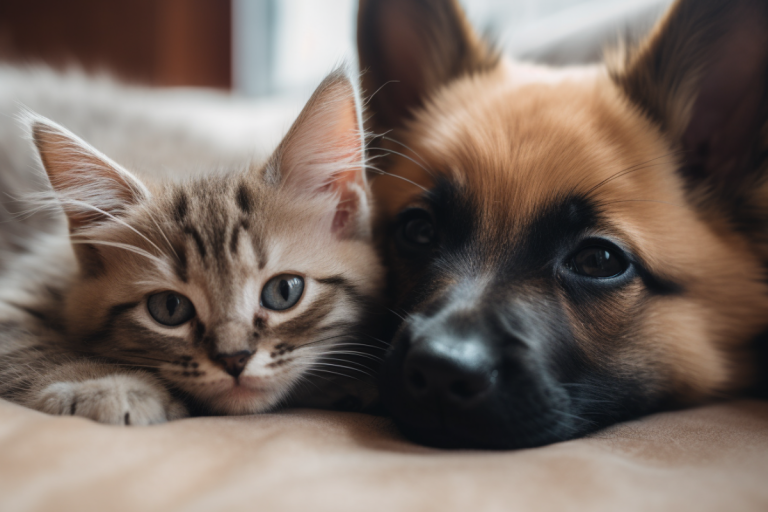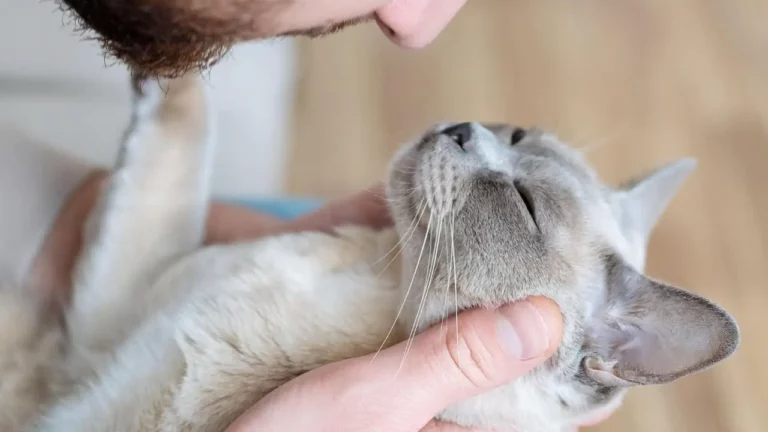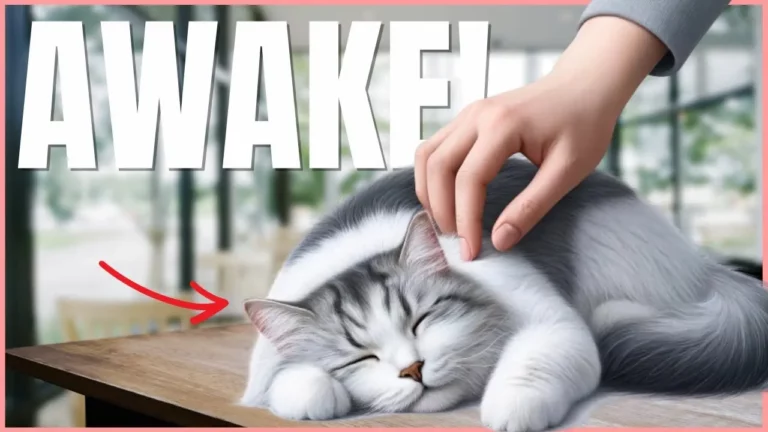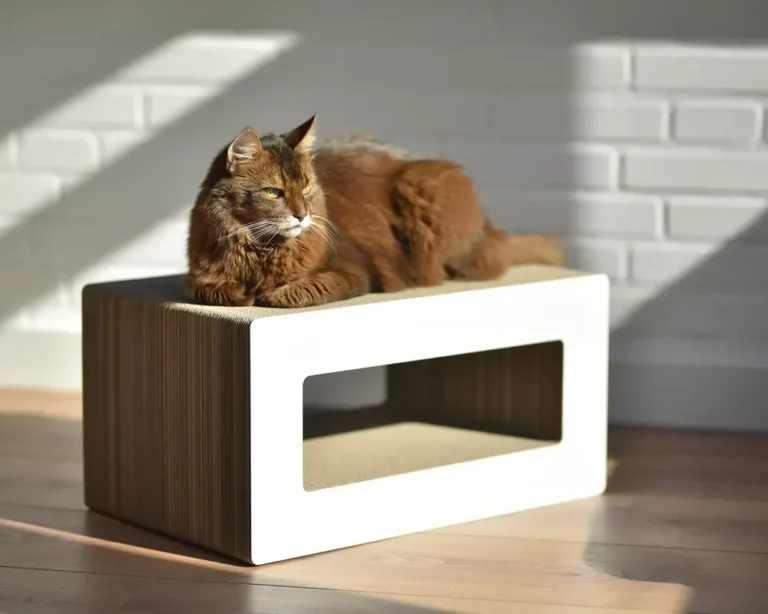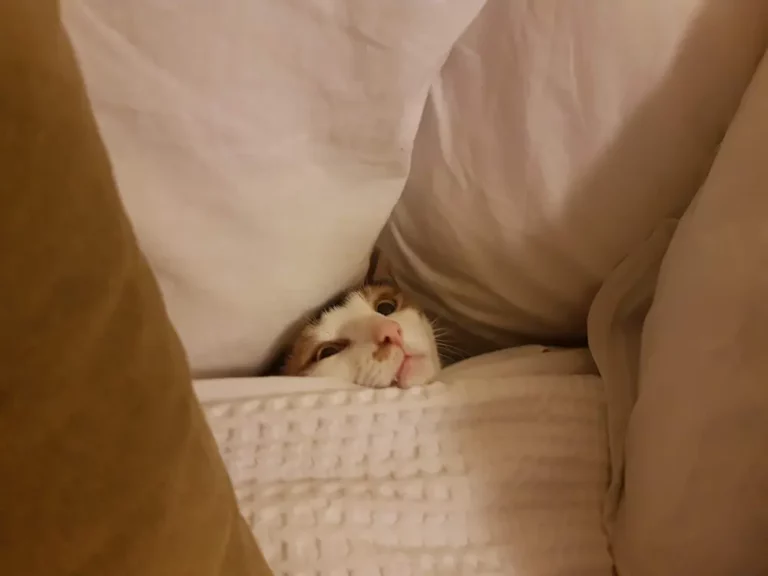Ever Notice Cats Have Slits And Pockets On Their Ears?
Have you ever taken a close look at a
These unique features aren’t just there for show; they serve important purposes that might surprise you.
The slits help cats capture and funnel sound waves more efficiently, while the pockets play a role in their emotional expression and heightened alertness.
Understanding these adaptations can offer fascinating insights into how cats’ ears enhance their sensory abilities and survival skills.
Curious about how these tiny details impact your
Anatomy of Cat Ears
A
When you look closely, you’ll notice their ears have a unique shape and a wide range of motion.
This design isn’t just for show; it plays an important role in a
The outer part of a
Unlike humans, cats can rotate their pinnae up to 180 degrees, allowing them to pinpoint the source of a sound with remarkable accuracy.
This mobility helps them detect even the faintest noises, essential for hunting and staying alert to potential dangers.
Inside the ear, the middle ear contains three small bones known as the ossicles, which amplify sound vibrations before they reach the inner ear.
The inner ear houses the cochlea, responsible for converting these vibrations into nerve signals that the brain can interpret.
The inner ear also includes the vestibular system, important for maintaining balance.
This intricate network ensures your
Purpose of Ear Slits
Noticing the small slits on a
These slits, also known as cutaneous marginal pouches or Henry’s pockets, play an important role in your
These slits help to enhance your
When your
This is especially useful for cats in the wild or even in your backyard, where they need to be aware of every little noise around them.
The slits also work to funnel sounds directly into the ear canal, amplifying the sound waves and making it easier for your
Role of Ear Pockets
You’re probably curious about those small, mysterious pockets at the base of your
These pockets, also known as Henry’s pockets or cutaneous marginal pouches, serve several important roles.
First, they help with sound detection.
When your
Additionally, these ear pockets contribute to a
This enhanced mobility enables cats to express a variety of emotions and intentions, communicating effectively with both humans and other animals.
Moreover, the pockets can also help reduce the weight of the ear, making it easier for your
This is particularly beneficial during long periods of vigilance.
Understanding these roles helps you appreciate how these small features contribute to your
Evolutionary Benefits
Understanding the roles of Henry’s pockets highlights their evolutionary benefits for cats.
These small, seemingly insignificant features have played an essential role in the survival and adaptability of cats.
For instance, the pockets reduce the weight of the ear, making it easier for cats to move their ears swiftly to detect sounds from different directions.
This agility allows them to better pinpoint the source of noises, an important skill for both hunting and avoiding predators.
Additionally, the pockets help to break up the outline of the ear, providing a form of camouflage in their natural habitats.
This subtle alteration in their appearance helps cats blend into their surroundings more effectively, making it harder for both prey and predators to spot them.
The evolutionary advantage here is clear: being less visible increases a
Moreover, these pockets might also play a role in protecting the inner ear from debris and parasites.
By having a structure that can flex and move, cats can shake off unwanted particles more efficiently.
This adaptability has allowed cats to thrive in various environments, from dense forests to urban landscapes, demonstrating the significant evolutionary benefits of Henry’s pockets.
Enhancing Cat Senses
Cats’ ears, with their intricate design including slits and pockets, greatly enhance their auditory and sensory capabilities.
These unique features, known as Henry’s pockets or cutaneous marginal pouches, play a vital role in your
The slits and pockets help cats detect high-frequency sounds, allowing them to hear even the faintest rustle of a mouse or the flutter of a bird’s wings.
This heightened sense of hearing is essential for both hunting and staying alert to potential dangers in their environment.
In addition to superior hearing, the slits and pockets in a
When a
This means your
These anatomical features aren’t just about hearing; they also play a role in communication.
Cats use their ears to express emotions and intentions, and the slits and pockets contribute to the flexibility and range of ear movements.
This helps your
Conclusion
By appreciating the slits and pockets on your
They also help cats express emotions and stay vigilant.
Recognizing these attributes can deepen your bond with your kitty companion, knowing they’re finely tuned for survival and communication.
So next time you see those adorable ears, remember the incredible science behind them.

